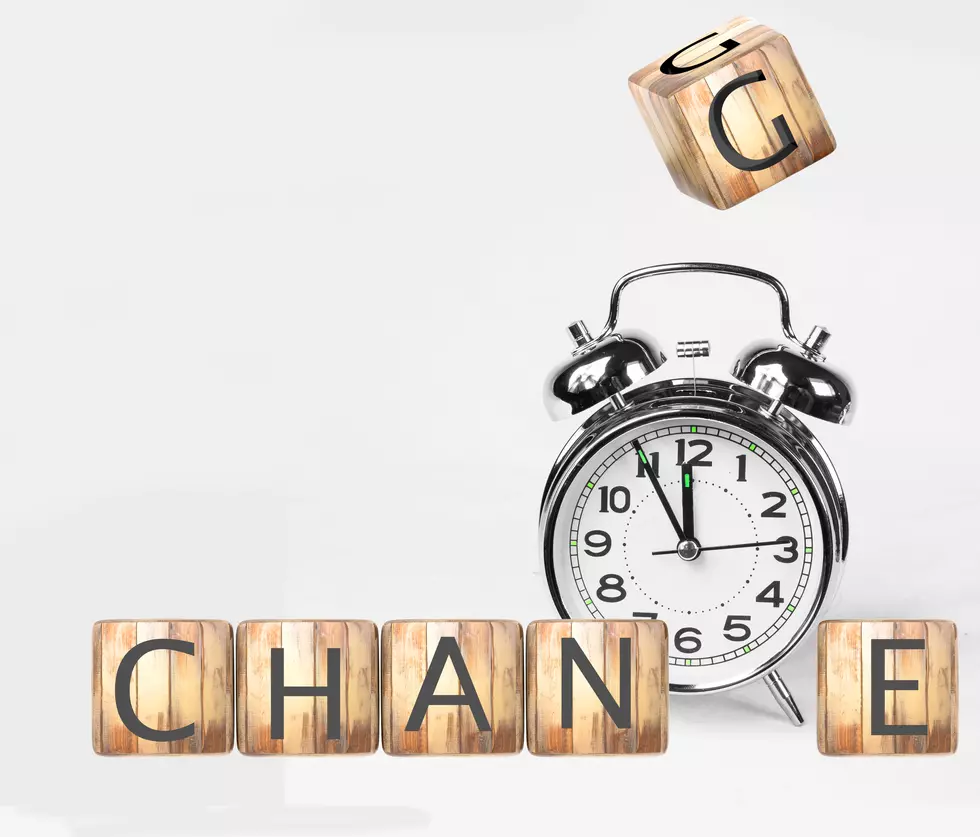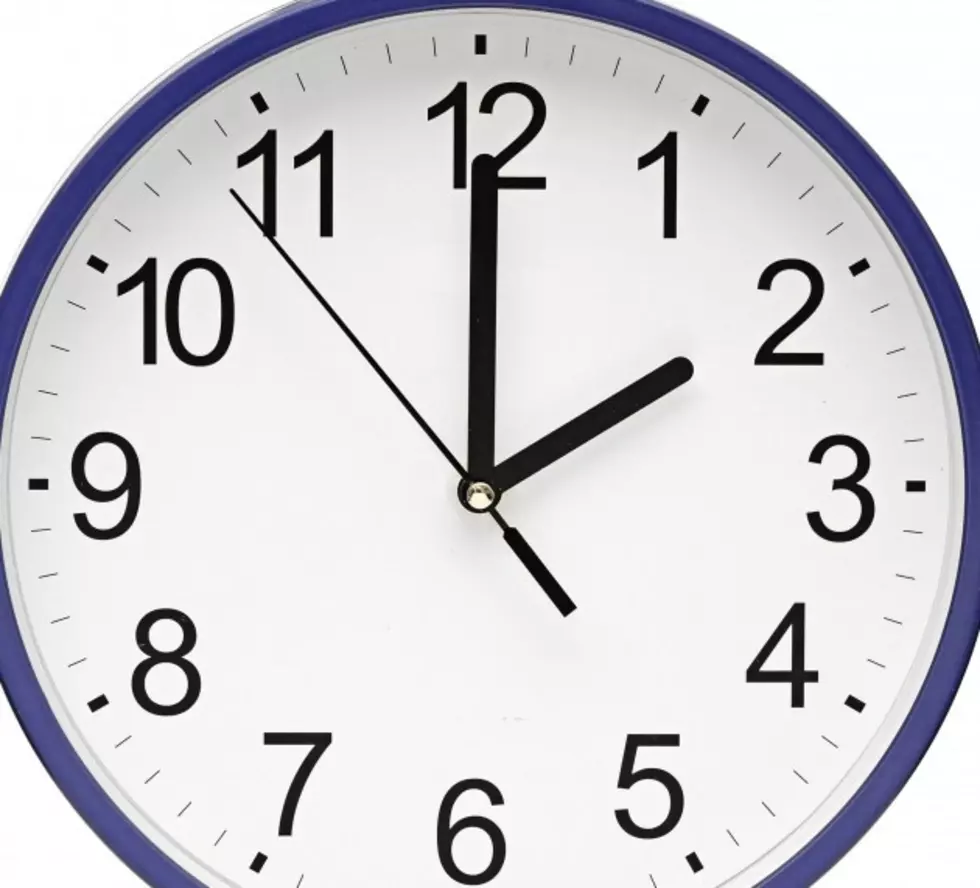
Daylight Saving Time Fun Facts
There's more to daylight saving time than a clock adjustment.
As you drudged through this first workday after the clock change here is some "food for thought" that likely won't help your energy level. The concept of "saving" more daylight goes back to the very earliest days of America. Here are a few things you may not know about this semi-annual clock changing ritual.
1-It's true that Benjamin Franklin petitioned his fellow countrymen to consider rising earlier to maximize daylight work in order to "save money on candles." Not necessarily with the idea of adjusting time keeping but was thought to be one of the earliest "official" conversations on the topic.
2-It's NOT "savings" time. The correct term is daylight "saving" time. I have a few country kin that once refered to a trip to the store as "run'n to Wal-Marts." It's like "driving accrossed town." I'm not sure how these grammatical missteps may their way into the English language but they will make you cringe when you hear them. Also, it's not supposed to be capitalized. Lowercase is the proper according to the Associated Press stylebook.
3-There are far more "saving" months than not. 8 are of the daylight variety and only 4 are the standard time type.
4-Grandparents may remember this one: Back in the 70's, during the peak of the energy crisis, lawmakers ordered states to go on year-round daylight saving time between January 1974 and April 1975. Energy conservation too was the reason behind the first federal government action way back on March 19, 1918. That was during World War I as a way to conserve coal. Daylight saving time didn't officially become federal law until 1966 with the passage of the Uniform Time Act.
5-Two states don't play along. Arizona and Hawaii are the two nonconformists. There may be more change on the horizon as 26 states are considering making "saving time" all the time. Florida could be first.
Credit: The Coloradoan
More From 95 Rock









